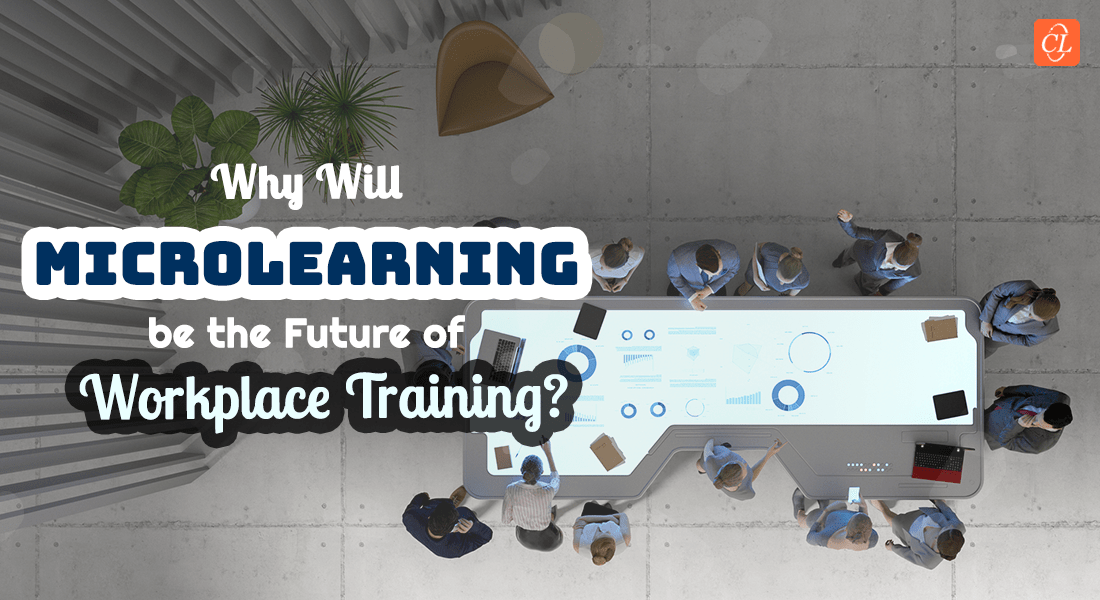4 Microlearning Assets to Fuel Sales Training

What is Microlearning?
Fundamentally, microlearning is presenting learning content in digestible chunks for improved understanding and knowledge retention. When learning content is presented this way, learners are not overwhelmed with cognitive overload.
There are many reasons why microlearning is gaining prominence. For starters, it caters to the shrinking attention spans of learners, given that there are so many distractions. Although some studies indicate that humans now have shorter attention spans than a goldfish, the findings are not conclusive. And yet, it is a fact that our learners have terribly busy schedules, and are hard pressed to find undivided time for longer courses.
Therefore, training managers have to consider the shorter attention spans of learners, their hectic schedules, the many distractions they face, and that they need learning to be quick and accessible. Microlearning would work best as it is short, easily accessible, and just-in-time.
Why Microlearning?
Microlearning is an innovation in workplace training that makes the hard work of effective learning easier to undertake. It offers a simple, hassle-free way to deliver information. While not all training programs can be delivered through microlearning, it is beneficial because it is:
Flexible
It maximizes productivity as it allows learners the flexibility to complete training within their crammed schedules.
Cost-Effective
When compared to full-fledged eLearning courses, the cost and time involved in the development of a microlearning course is just a fraction. Considering the efficient delivery methods, digital tools, and concise content, the need for long-drawn design and development is no longer there. Also, microlearning works out to be a more cost-effective solution when one considers the success of the learning outcomes.
Easily Accessible on Mobiles
Yes, the corporate world is hard-pressed for time, but that doesn’t do away with their need to get trained. The mobile format works perfectly for such busy learners. They can access courses when they need it or even on the go.
Better for Knowledge Retention
It is proven that learners are better able to retain what they have learned if the content is delivered in short bursts. Therefore, when learners are given content that is specific and crisp, the rate of knowledge retention is higher.
Easy to Go Through
With microlearning, one can ensure that learners get to the topic they need quickly and efficiently. They don’t have to struggle to skim through the entire module, and that helps them use the training time more efficiently. Also, by being accessible when they need it the most, it promotes knowledge retention.
What are the Major Microlearning Assets and How Did We Use Them?
There are few microlearning assets that are highly beneficial when it comes to training. A few are listed below.
1. Micro-Modules
One of our clients sought to upgrade their training curriculum (existing ILT material) to the latest in online learning methodologies. Their major concern was that they needed the courses to be engaging and informative, while being concise.
We analyzed the available ILT material, formulated a strategy, and created an outline with the help of SMEs. Because microlearning focuses on a single learning objective per module, they wanted to train their sales reps on safety products, store management, selling skills and customer handling, using mini lessons for each. Also considering that micro modules lend themselves well to learning on multiple devices (PC, mobile, and iPad), it was well received.
2. Infographics
Infographics are handy and extremely useful to help learners engage with training content in one visual bite. One part of the microlearning course we developed for our client was delivered in an infographic format.
The infographic was followed by a quiz. This was a major hit among the learners. It is also compelling and visually appealing to a learner, and easily read and understood. Learners can quickly scan through the infographic and understand the concept with ease.
3. Videos
Videos are highly effective for learning because of their inherent visual appeal, and because they can be accessed with ease and watched anytime, anywhere. Micro videos are even better as they address one primary objective per video. For our client, this approach was highly favored as their learners were mostly retail sales associates, store managers, mobile footwear consultants, district retail managers and DC associates, who were constantly interacting with customers.
Therefore, the duration of the videos made it ideal for them to access these at the time of need. The micro videos we developed for our client were also very easy to understand for the learners.
4. Whiteboard Animations
With a series of live drawings, we used whiteboard animations to develop a Customer Service Policy training program for our client. The focus of the course was to maintain the highest standards in providing customer service. These whiteboard animations were developed using VideoScribe. With whiteboard animation, the content can be presented in crisp, succinct terms, making the learning objectives and associated content clear to the learners.
With employees being hard pressed for time and the growing demands of organizations, the most apt form of training is through microlearning. This is true regardless of the industry. To cash in on the benefits of microlearning, try it today. Do share your thoughts on the microlearning strategies you wish to implement.





